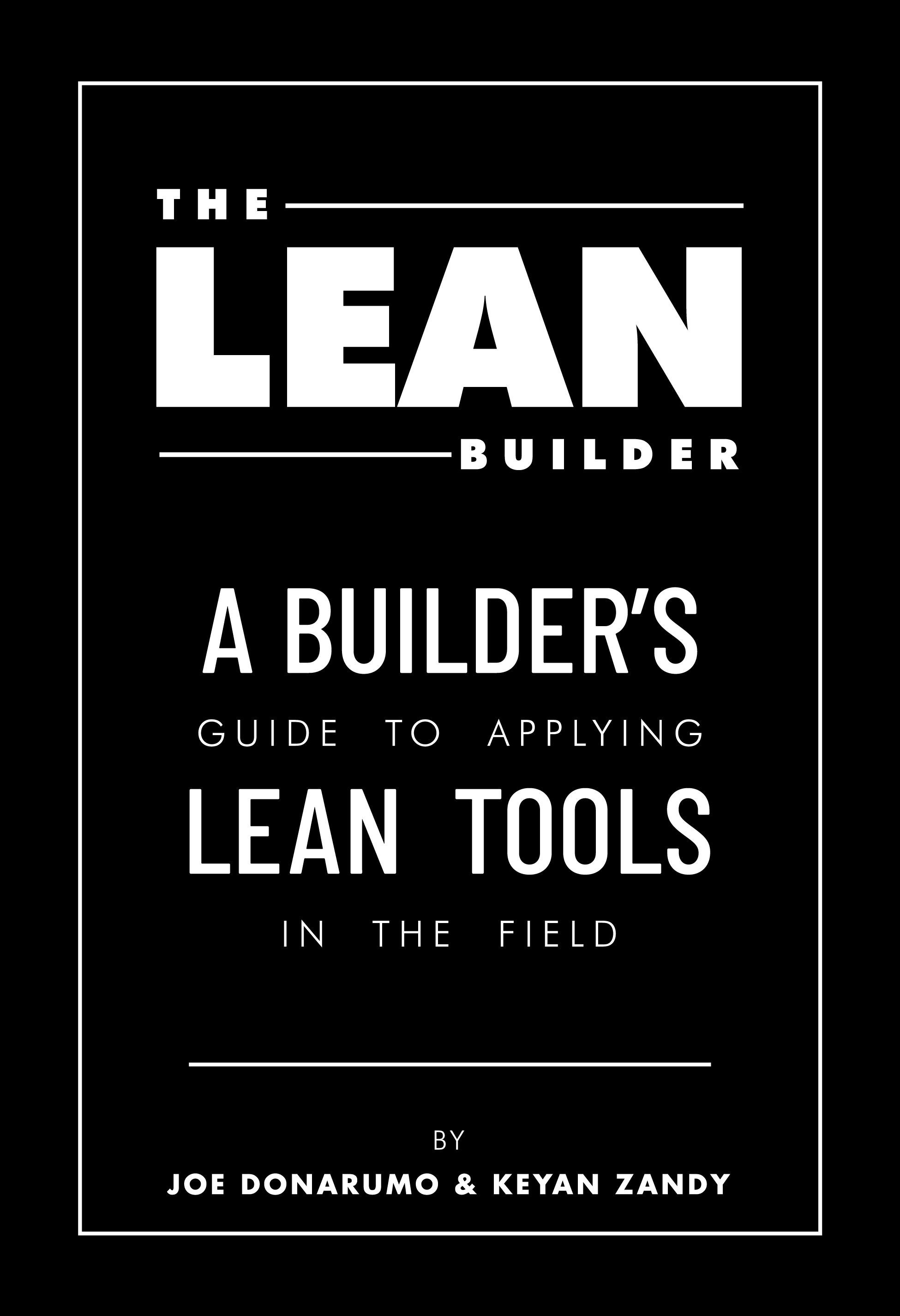Commentary: Lean Construction Increasing Its Industry Profile
Lean Processes
Lean project delivery (LPD) is a collaborative process where the owners, architects, contractors and key contributors collaborate throughout the lifecycle to deliver effectively a capital project– from design concept through decommissioning. LPD projects apply key tools like target value design and the Last Planner System, as well as traditional lean tools—and enablers like integrated forms of agreement and building information modeling to improve project delivery.
The Last Planner System is a production control method designed to integrate “should-can-will-did” planning and activity delivery of a project. Its aim is to deliver predictable workflow and rapid learning. LPS is commitment based and collaborative. It empowers the “last planner”—the person who makes the jobs assignments to direct workers—to make delivery commitments based on the actual status of a job, rather than theoretical plans. With stability in the work plan performance, the team can implement other lean tools to eliminate waste and increase value.
Target value design with rapid synchronized cost modeling is a key tool to the ILPD process and overcomes the hurdle posed by the old maxim that “Most projects with poorly conceived initial budgets never properly recover.”
Based on interviews and research, acceptance of lean in the U.S. construction industry is still not widespread, but it is gaining momentum in some sectors and companies. While no measure currently exists gauging the level of industry implementation, two main areas successfully using lean are construction of health-care facilities and projects where the building owner’s organization is on a lean journey.
Additionally, building owners who are seeing some of the early project successes and who want better stability and value for their investment, are willing to try lean construction because the current system is still not delivering the results or value that they want.
Projects using LPD show:
• Better schedule performance
• Better budget performance
• Improved safety performance
• Ability to incorporate more customer value in the projects
• Higher collaboration.
By understanding the targets and rapidly evaluating design options, owners and AEC professionals can make better decisions to improve value delivery and performance of projects. Investment of design and cost management resources, including downstream suppliers, fosters collaboration and innovation leading to better designs, value and project delivery.
To overcome resistance and increase understanding of lean project delivery, LCI and the Associated General Contractors of America are developing training to expand LPD implementation.
Natalie J. Sayer is the lead author of “Lean For Dummies,” published by Wiley, 2007 and 2012. Her work unites people, process and culture to bring about productive change.
Julian Anderson is president of the Rider Levett Bucknall North American practice and a member of Rider Levett Bucknall’s Global Board.




